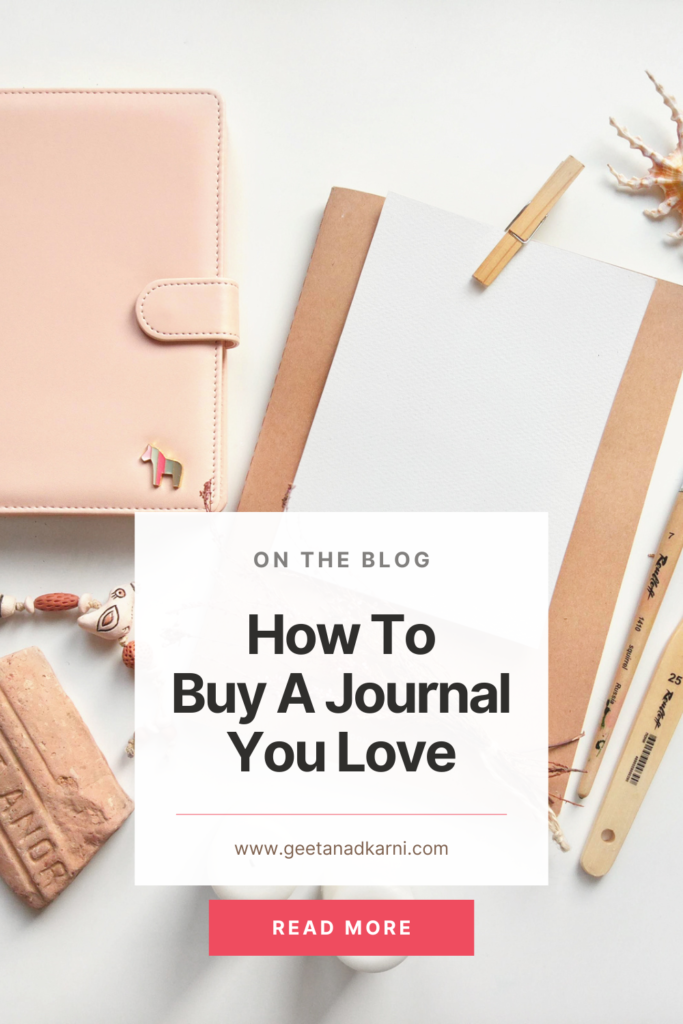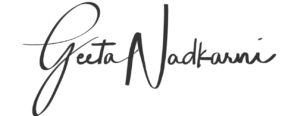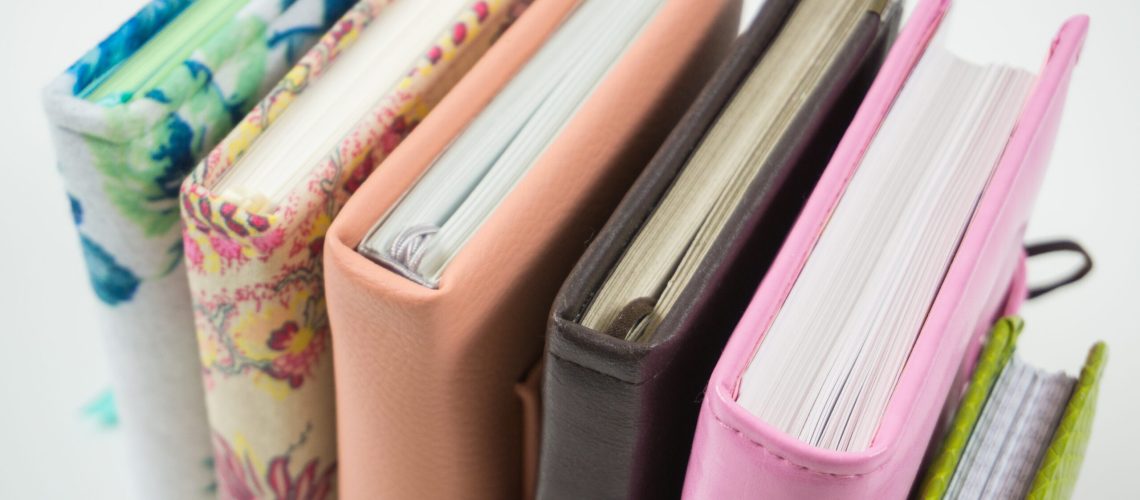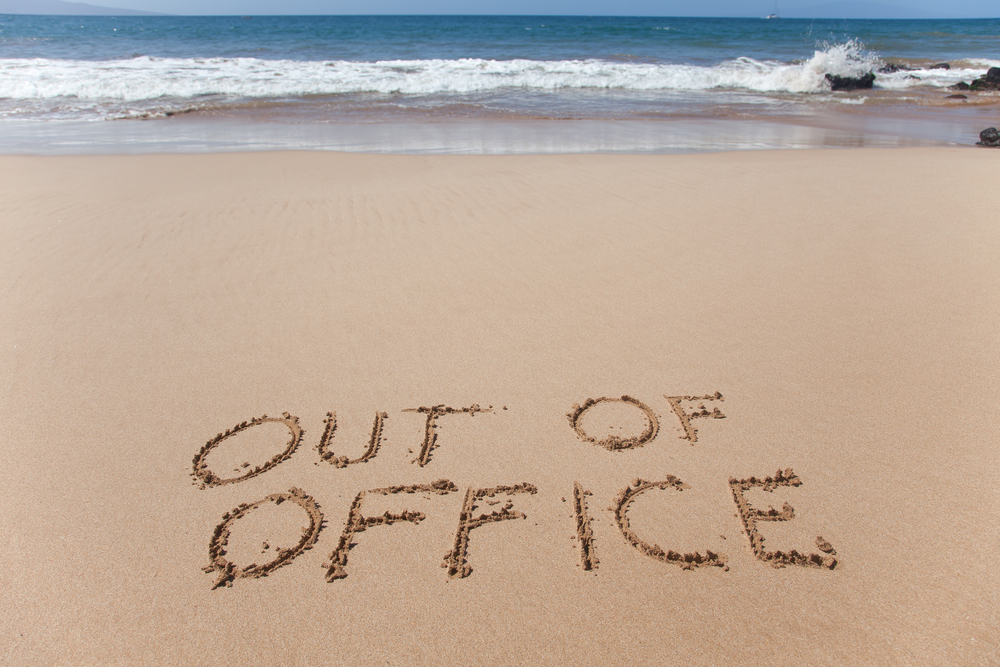On the 18th anniversary of our first official date, my husband Pat and I did something I’d fantasized about for a long time.
He let me take him to a bookstore and buy him a journal.

What a rush! I mean honestly, if I can get Pat to fall in love with journaling, I can do anything. Ha.
You see in our house, it’s easier to talk about sex and even money than it is to talk about personal development and especially journaling. That’s because some of us are really intense about it and others are a little overwhelmed by that intensity. I’ll let you guess who’s who. 😉
But on this fateful day, 18 years after Pat asked me to be his official girlfriend and not rub naughty bits with anyone else, we had a really fun romp through the aisles of the stationery section and found something that felt perfect.
In shopping with someone who was fairly new to journaling, I realized for the first time how intimidating all the different options can be. So I thought I’d share some of the questions I asked Pat that helped him find the ideal book based on his preferences.
And before we get into details, here are 2 important things that long-time journallers know that novices might not realize:
There’s no one perfect solution: No matter how many boxes a journal ticks, it will always fall short on something. So relax and go in knowing that you can always have more than one journal if it turns out your needs evolve or multiply (hint: as your practice expands, your needs will change, so take the pressure off having to know it all and fit it all in one notebook.
Everyone makes mistakes: You might absolutely love a particular journal in theory and then find it irritates you in practice. If this is you and you can afford it, give yourself permission to calmly assess what you loved and didn’t love and purchase another option. If you like, I’ll share ideas on what to do with half-finished abandoned journals in a separate post.

I’ve included links wherever possible for your convenience and have chosen to include Amazon affiliate links which mean that a tiny percentage of what you spend comes back to me to support my writing at zero extra cost to you.
Okay, on to the main aspects you need to consider. Make sure to read the entire list and make notes on your answers (or bring a copy of this article with you when you go to the store or are browsing online).
- Paper quality: This is a biggie and can really affect your enjoyment of the day-to-day use of your journal. If you’re a fountain pen user, this article has excellent advice on choosing paper. Do you like to use markers or paint? Does bleedthrough or ghosting (where the ink seeps through the paper and shows up on the other side of the page) make you nuts? Know thyself. Generally, if you’re using specialty writing implements, you’ll want at least 150gsm paper (this refers to grams per square meter and denotes the thickness of the paper) so ink doesn’t bleed or feather. Some of my favourite journals that hold up to fast writing and ink art, watercolour, stickers or acrylic gelli plate sessions are Archer and Olive (they have white, kraft and black paper), the Dylusions Creative Journal (this one also comes with black paper). For straight up writing, I highly recommend Victoria’s Journals, Paper Blanks and Peter Pauper Press journals. Every brand I just listed comes in multiple sizes and styles, so click around to find the size that speaks to you.
If you use a gel or ballpoint pen, you can also opt for some of these gorgeous leather bound journals with handmade paper. I have personally bought several of these as gifts for both men and women and they’re reliably well-received. - Size: Most of us have a preference when it comes to the size of notebook we like to work in. If you have big handwriting, draw mind-maps or like lots of while space, you might prefer bigger pages. If you write really small and prefer to have something lightweight that fits into a pocket, you might prefer a Moleskine-style pocket notebook. Picture yourself using it daily and pick the size and format that you anticipate using 80% of the time. Don’t overthink it. Again, you can always opt to have more than one journal longer term.
- Binding: If in a stationery store, test the binding on your journal. Is it really stiff? Does it lie flat? Do you prefer spiral binding to stitched? Does it look flimsy – like it will fall apart if bashed about in your purse or backpack? If shopping online, read the description or reviews to see if anyone mentioned the binding and ask questions if you need to.
- Portability: A journal usefulness is directly proportional to its availability when you have ideas or need to get something off your mind. So it makes sense to try and carry it around as much as seems doable. This means, you have to consider size and weight and see how your journal fits with your existing set up. Women’s clothes often lack pockets, so we can get away with larger journals because we therefore carry a bag of some sort with us. But if you anticipate using a pocket notebook, test to see if it actually fits in your pocket.
- Durability: If your notebook is going to be stuffed into a purse or pocket, it will need to be fairly well made. Softcovers can be just as durable as hardbacks – here binding and material is a consideration. If you choose delicate materials like a silk cover or lighter colours, know that there will likely be signs of wear. If you’re able to see those dings as a sign of character and love rather than get triggered by imperfections, all good. Otherwise, choose a material that ages well when beaten up, like leather.
- Lined, blank, dot grid, graph, etc: Again, folks have intuitive preferences about how much structure they want on their pages. This is an excellent aspect to experiment with. One of my clients who had previously only used lined paper found that having dot grid paper felt very expansive and she felt freer to draw and doodle and write bigger and bolder. There’s no “optimal” version – it’s whatever you feel drawn to. You are the only expert that needs to be consulted on this. And if you make a mistake, just buy another journal.
- Features: Does your journal have a pen loop? I admit that after years of using Archer and Olive, I can’t go back to a notebook without a pen attached. The good thing is that with these little guys, it’s easy to macgyver a pen loop onto almost any journal and this way, you’re always prepared to jot down a thought or idea. Other features to look for are ribbon bookmarks, paper pockets on the back cover (for storing ephemera like receipts or concert tickets, etc). These may or may not be optional for you depending on how you like to use your journals.
- Fanciness: Ever bought a journal you absolutely adore that felt too beautiful to be your imperfect, messy self in? Fanciness, like this epic dragon journal, is great if it inspires you to open your journal more often; but it’s less great if the beauty of your book paralyzes you and adds to your self judgment.
Whatever journal you pick, it needs to feel like a place where you can be real. This means permission and space for typos and blobs of ink or scratched out words. For several folks I’ve interviewed, this means that they can only bring themselves to journal in those Mead notebooks or college composition books. - Structured vs blank: This is such a rich discussion that it deserves a separate post of its own, and there’s no right or wrong way to go about it. If you’re just starting out, the best thing you can do for yourself is to keep your commitment small. A sentence a day while you build the habit. Write more if you feel like it and just a sentence if you don’t. Having a structured journal with prompts or some sort of process you follow can be a great way to get your feet wet and experiment with styles.
Or, if you know journaling is something you want to commit to, you can buy a blank journal and experiment with a number of techniques. One of my favourites morning pages from Julia Cameron’s The Artist’s Way – she even has a workbook you can buy that has enough instruction that you never have to read the original to make it work. - Intuition: At the end of the day, no matter how many boxes a journal ticks (or doesn’t) on paper, the only test that matters is that you feel drawn to it and want to write in it. Everything else is gravy.
Okay, your turn, what are your favourite journals? Do you have structured journals that you’d recommend to newbies? Tell me in the comments.





